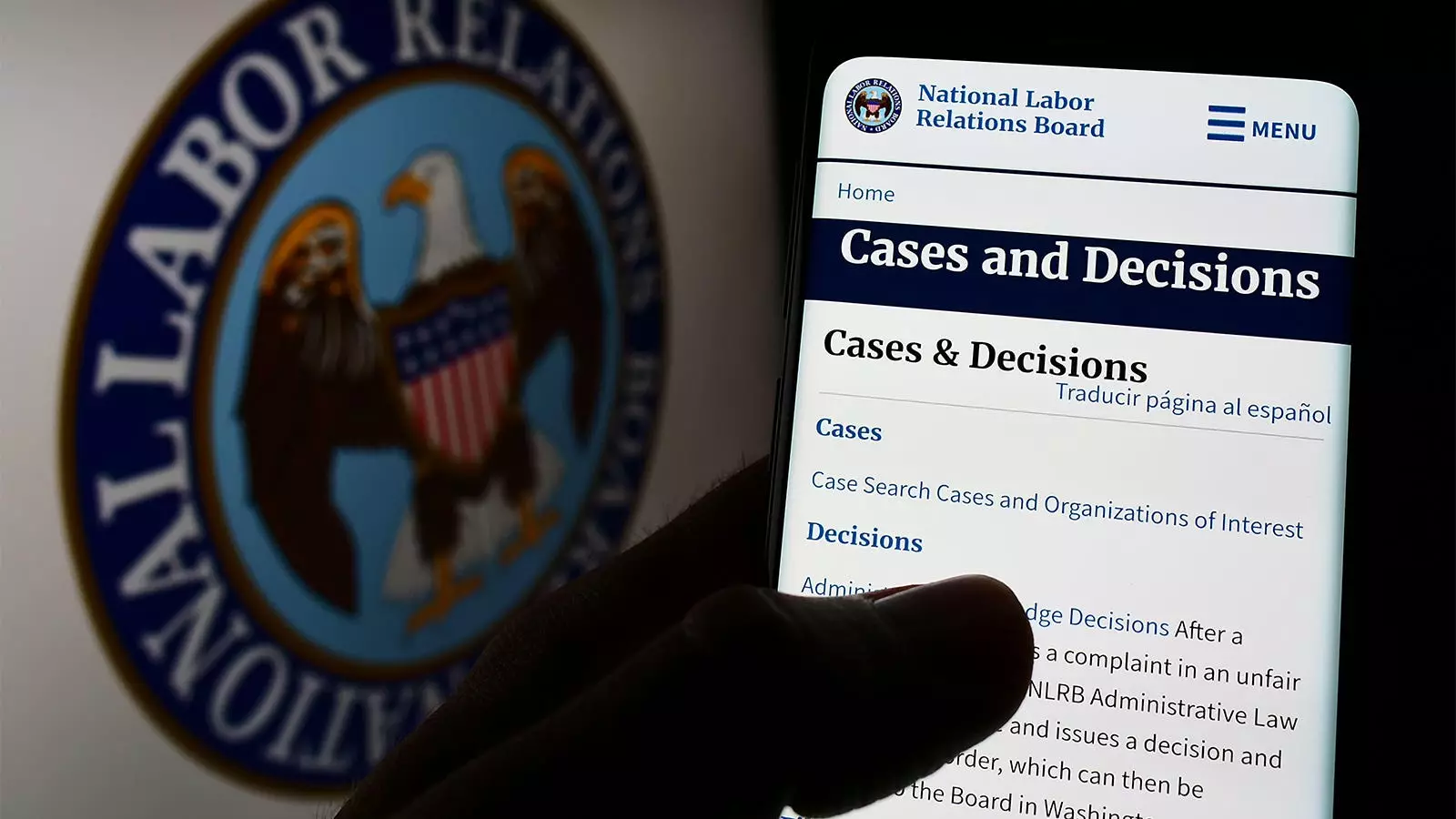The landscape of healthcare has witnessed a significant transformation in recent years, particularly concerning the role of physicians within the organizational framework of hospitals and healthcare entities. Data from the National Labor Relations Board reveals a notable increase in union petitions among physicians from 2023-2024 compared to the period between 2000-2022, prompting an analysis of this trend and its implications on healthcare governance.
Historically, collective bargaining within the healthcare sector, particularly among physicians, has been sporadic at best. While there have been anecdotal accounts of physician union activities, comprehensive documentation evaluating the trends and motivations behind these initiatives was lacking until recently. Notably, efforts to unionize healthcare professionals can be traced back to the 1930s, yet the growing complexity of the modern healthcare system has only recently revitalized interest in collective action among physicians. Unionization efforts are not merely a flash in the pan; rather, they represent a response to long-standing grievances that have gathered momentum in an increasingly corporate healthcare environment.
Analyzing the statistics from Schulman and colleagues reveals a striking contrast in the number of union petitions filed. With only 44 petitions registered from 2000 to 2022, the stark rise to 33 petitions filed within a short span in 2023-2024 can be described as a crucial turning point. The average annual petition filing rate escalated from 2.1 to 23.3, starkly highlighting a newfound urgency and willingness among physicians to pursue union representation. Importantly, out of 66 petitions with outcomes available, 41 were certified, indicating that many campaigns have successfully gained formal recognition and legitimacy.
The motivations behind these petitions are revealing. An overwhelming 85% of campaigns cited harmful working conditions, and a significant 81% complained of insufficient management input, while patient care concerns influenced 54% of the petitions. This trend speaks volumes about the contemporary challenges faced by healthcare professionals who, increasingly, find their voices marginalized in the face of rapid consolidation within the sector. It is worth noting that compensation concerns were surprisingly absent as a primary motivator, emphasizing that the problems encountered are more systemic than merely financial.
As the healthcare market continues to consolidate, the erosion of physician autonomy becomes increasingly evident. With over half of all physicians now employees of hospital systems, the traditional dynamics of healthcare governance are shifting. Physicians, once seen as autonomous practitioners, now grapple with a lack of influence in management decisions that affect their daily operations and patient outcomes. This shift has triggered a reevaluation of how healthcare governance is structured, prompting many to view unions as a viable avenue for regaining influence and advocating for a more collaborative management approach.
Despite this push towards unionization, the mechanism remains complex and multifaceted. While unions can serve as an effective tool for addressing governance challenges, Schulman cautions that developing collective bargaining units for each specialty could dilute their effectiveness. The diversity of specialties within the medical field necessitates a cohesive approach to collective bargaining, as disjointed efforts risk undermining the overall influence of physician unions.
Geographic Disparities and Employer Diversity
Geographically, the union petitions have not been uniformly distributed. Concentrated primarily in states such as California, Oregon, and Washington, these petitions reveal pockets of discontent that are more pronounced in specific regions. Additionally, the variety of employers facing petitions—49% are directed at hospitals, while 38% target community health centers—highlights the widespread nature of discontent across multiple healthcare settings. This diversification also underscores the shared challenges faced by healthcare workers in varied institutional contexts.
The rise in union petitions marks a profound shift in the healthcare landscape, reflecting deeper existential questions about the roles and responsibilities of physicians in modern governance structures. The ongoing analysis of these petitions will be critical in assessing the effectiveness of unionization as a means for physicians to reclaim their agency within the healthcare system. As this movement burgeons, it remains imperative for stakeholders to observe the outcomes of collective bargaining efforts and their potential to reshape the future of healthcare governance. The road ahead will require collaboration and strategic foresight, paving the way for a healthcare system that values the voices of its practitioners alongside effective management.

